
Human Structure is an innovative introduction to human gross anatomy with a twofold approach to view the basics of anatomy from a broad scientific perspective and to explain the facts of form and function in terms and concepts that minimize the usual confusion and anxiety of beginning anatomy studies. Functional, comparative, and developmental anatomy are ingeniously woven into a single explanatory perspective, presenting human anatomy as an intelligible whole rather than as a heap of disconnected facts to be memorized. As a result, Human Structure is suitable not only for first-year medical students but also for undergraduates in premedical or biological science courses, for students in paramedical or college-level nursing programs, and indeed for anyone seeking a refresher course in human anatomy.
The book begins with the generalized segmental organization characteristic of vertebrates and then examines the most obviously segmented parts of the human body: the bones, muscles, vessels, and nerves of the trunk between the neck and the pelvis. The book progresses through regions where the simple organizational plan has undergone more and more radical modifications and ends with the ancient and extreme specializations found in the head. At each step, the authors widen our intellectual understanding of how these modifications have been imposed, onto-genetically or phylogenetically, upon simpler precursors.
The prose is personal and literate, peppered with inventive elucidations of concepts and accompanied by a wealth of illustrations designed for conceptual clarity and ease of visualization. The level of presentation has been finely tuned, over several years of class testing, to enhance its pedagogical effectiveness in human anatomy courses.
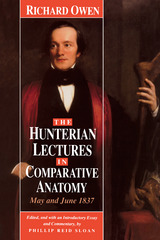
Now, for the first time, modern readers may consult the single sustained exposition of his views that Owen ever provided: his Hunterian Lectures. Phillip Reid Sloan has transcribed and edited the seven surviving lectures and has written an introduction and commentary that situate this work in the context of Owen's life and the scientific life of the time. The lectures survey some of the history of comparative anatomy since Aristotle and draw on work by some of Owen's contemporaries. Their chief value, however, lies in Owen's elucidation of his own view on the relationships among various groups of living things.
"Owen is one of the linchpin figures of Victorian science. The publication of these lectures is important, and Sloan is to be commended for a fine transcription."—Adrian Desmond, University College, London
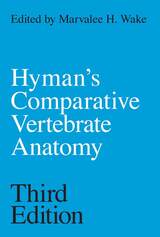
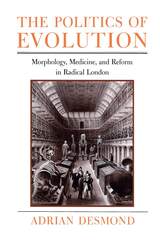
"The Politics of Evolution is intellectual dynamite, and certainly one of the most important books in the history of science published during the past decade."—Jim Secord, Times Literary Supplement
"One of those rare books that not only stakes out new territory but demands a radical overhaul of conventional wisdom."—John Hedley Brooke, Times Higher Education Supplement
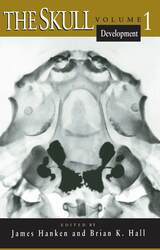
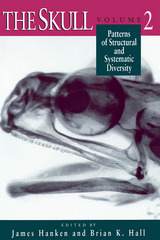
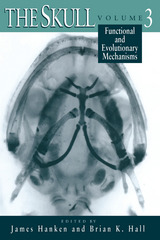
READERS
Browse our collection.
PUBLISHERS
See BiblioVault's publisher services.
STUDENT SERVICES
Files for college accessibility offices.
UChicago Accessibility Resources
home | accessibility | search | about | contact us
BiblioVault ® 2001 - 2024
The University of Chicago Press









